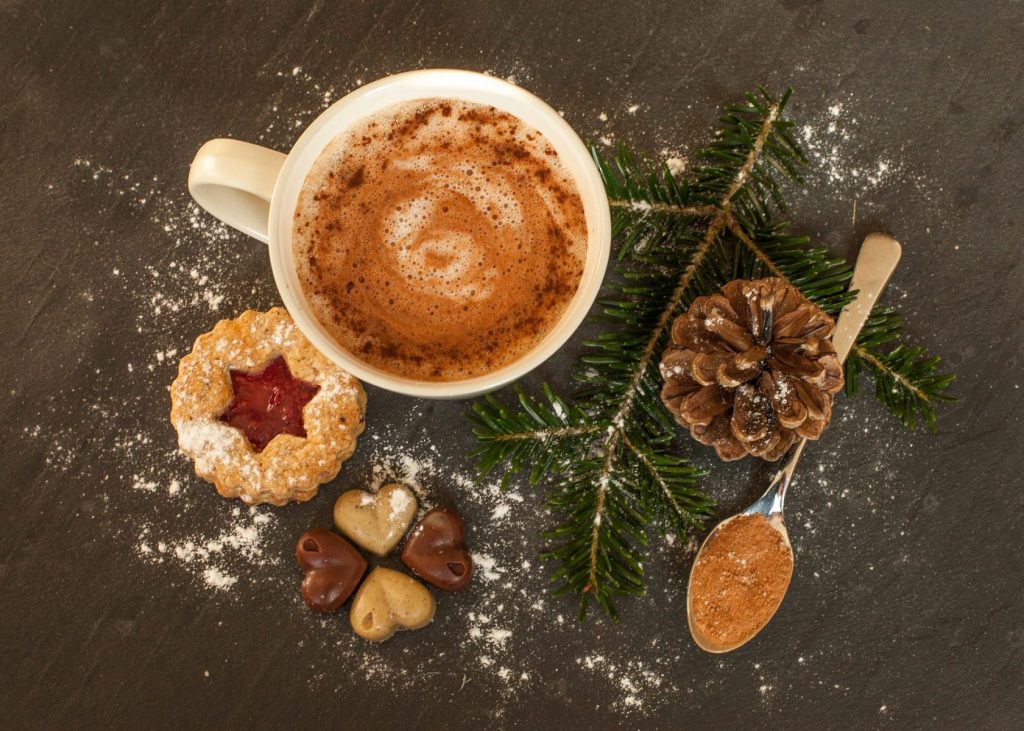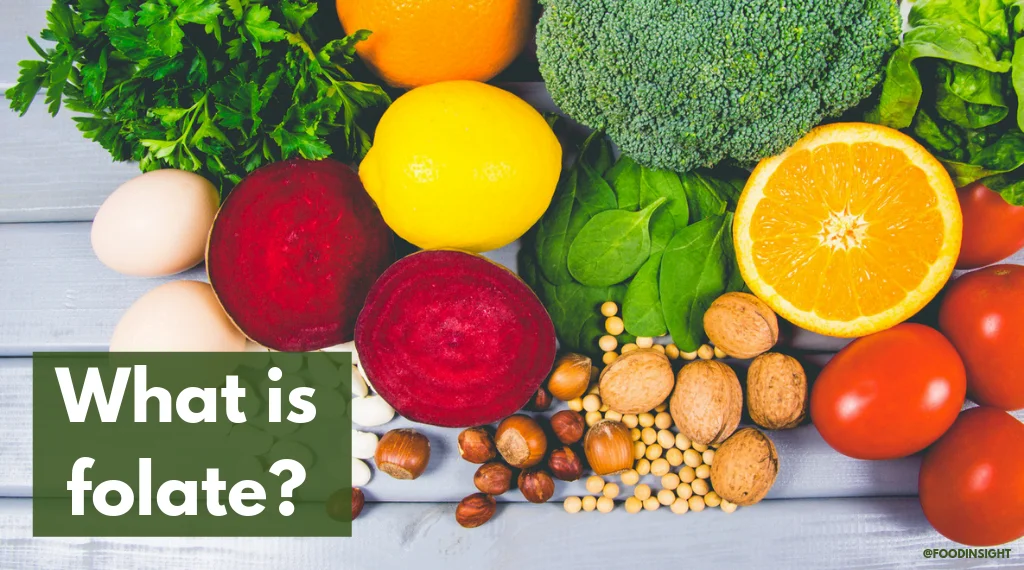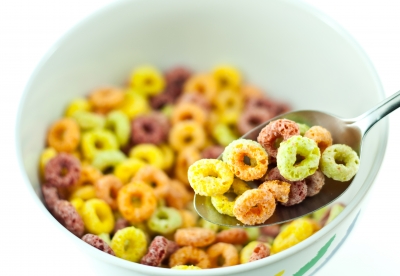
Sugar, in one form or another, is an ingredient in many of our favorite foods and beverages. And while most of us know that sugars add sweetness and enhance taste, many may not know that sugars perform other important functions in foods and drinks, too. For example, sugars contributing to a food’s color, structure, and texture; balancing acidity; controlling crystallization in candies and chocolates; providing a medium for the growth of yeast in baked goods; and preventing spoilage by binding water to reduce its activity. These aspects affect how many classic foods (like bread, ice cream, and salad dressings) look, taste, and feel.
With a few rare exceptions, the types of sugars that we consume most often are nutritionally equivalent, with each providing about four calories per gram and being used by our bodies in similar ways. But not all sugars are the same; some have unique origins, and some kinds are specifically called for over others in recipes due to their unique characteristics.
Want to know more? Here’s a quick rundown of the most common added sugars found in foods and beverages.
Table Sugar
Table sugar, also known as white, or granulated, sugar, is probably the first sugar that comes to mind when we think of sugar. Table sugar is produced commercially from sugar cane and sugar beets. Chemically speaking, table sugar is sucrose, a disaccharide made of two bonded monosaccharides: glucose and fructose.
Table sugar is a common ingredient in baking recipes that is used to provide sweetness, but it also helps to activate yeast and serves as a leavening agent. In addition, table sugar can be used to preserve homemade jams and jellies, along with being a common addition to coffee and tea.
Brown Sugar
Brown sugar is similar to table sugar, but with a little something extra: molasses. Although sugar beets and sugar cane are used to make table sugar, the molasses used to make brown sugar comes only from sugar cane. Molasses gives brown sugar its distinct color, flavor, and high moisture content. The moisture from molasses makes brown sugar useful in baking recipes when soft and chewy textures are desired.
High Fructose Corn Syrup
High fructose corn syrup (sometimes shortened to HFCS) is—as its name implies—a syrup made from corn. However, HFCS is not to be confused with corn syrup, which is composed of 100% glucose. Instead, the most common form of HFCS is a monosaccharide mixture of 55% fructose and 45% glucose. Although HFCS is “high” in fructose when compared with corn syrup, it is not especially “high” in fructose when compared with other sugars like agave syrup, brown sugar, honey, simple syrup, and table sugar. Unlike these other sugars, HFCS is reserved for commercial use. It is not sold on its own in supermarkets, and instead is used during the making of pre-packaged foods and beverages.
Simple Syrup
Simple syrup is so simple to make that its production method may even be how it got its name. To make simple syrup, just add equal parts table sugar and water to a saucepan and bring it to a boil while stirring until the sugar crystals dissolve. Simple syrup is especially useful for sweetening cold drinks such as cocktails, mocktails, cold brew, and iced tea, because it blends better under colder conditions than other forms of sugar, like granulated table sugar or honey.
Honey
Honey is one of the oldest known sweeteners. Bees are responsible for producing this popular sweetener by tirelessly collecting nectar from flowers, which they convert into honey back in the hive. Nutritionally speaking, about 50 percent of the sugar in honey is fructose and 44 percent is glucose, with a small amount of sucrose and other sugars making up the rest. A versatile and viscous sweetener, honey is a common ingredient in baking and cooking, and is also used on its own as a condiment. Honey blends best in warm foods and beverages like oatmeal and tea.
Agave Syrup
Agave syrup comes from the agave plant, a succulent that is native to dry regions in Mexico. Agave syrup is higher in fructose than most other forms of sugars, including most varieties of high-fructose corn syrup. Typically, about 80 percent of the sugar in agave syrup is fructose and 20 percent is glucose. Agave syrup is thinner in consistency than honey, and thus more soluble in liquids— especially cold beverages.
The Bottom Line
While all forms of sugar are not the same, sugars (like the ones discussed in this article) that are added to foods and beverages are considered the same when it comes to sugar consumption advice. The Dietary Guidelines for Americans recommend limiting added sugars to less than 10% of total calories consumed, which is less than 50 grams for every 2,000 calories. Yet, most Americans consume more added sugars than experts recommend and would benefit from consuming less. If you’re trying to eat healthier and subtract added sugars from your diet, check out our article and video for four ways you can get started today.



